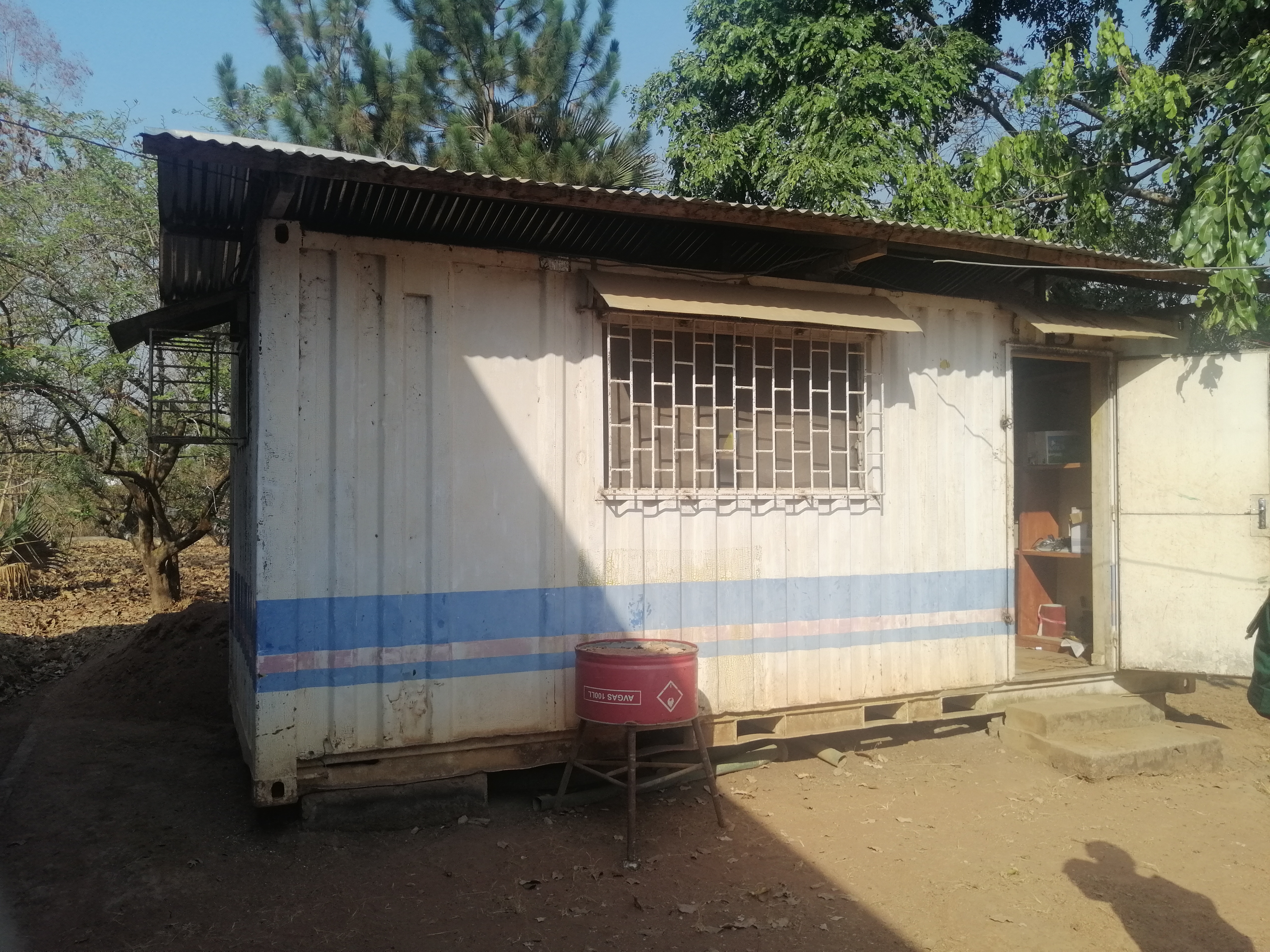Are seized ivory products safe in Cameroon? New report pushes for revised stockpile management
TRAFFIC report that presents what Cameroon must do to stop supposedly safeguarded ivory from entering the black market.
Leaks from government-held stockpiles, lack of effective methods to track existing stocks, and reoccurring corruption are some of the issues flagged in a new TRAFFIC report that presents what Cameroon must do to stop supposedly safeguarded elephant ivory from entering the black market.
Cameroon's intricate mosaic of habitats, from tropical lowland rainforests to vast mountainous landscapes, is home to an estimated 10,000 elephants. As listed on the IUCN Red List of Threaten SpeciesTM, the Endangered African Savannah Elephant and the Critically Endangered African Forest Elephant are recognised by the country’s Ministry of Forestry and Wildlife (MINFOF), as Class A protected species, the national equivalent to a Convention on International Trade in Endangered Species of Wild Fauna and Flora (CITES) Annex I that prohibits trade.
Elephant tusks are upper incisors – the teeth at the back of their mouth – that elephants use to dig for water, debark trees to get to the pulp, and mark their territory. Like humans, elephants are usually right- or left-tusked, and the dominant tusk, called the master tusk, is generally shorter and more rounded at the tip from wear. Elephant tusks continue to be highly sought after for the illegal elephant ivory trade.
However, despite a multitude of Decisions and commitments made by Cameroon’s government, TRAFFIC Central Africa’s report, Establishing a Robust National Ivory Stockpile Management System (NISMS) in Cameroon, reveals the current weaknesses in implementing mandated rules and highlights where improvements must be made concerning the seized products sourced from these threatened species.
“Without Standard Operating Procedures and a centralised system to monitor and maintain the security of ivory after it is confiscated, our investigations found a lack of communication, poorly coordinated actions and low awareness of reporting requirements between government agencies that should be securely storing these illegal items,” said Sone Nkoke, Senior Programme Officer for Central Africa.
While poaching is still a source of illegal ivory products, another worrying source is leakage from government-held stockpiles. Poorly implemented legal processes of ivory stockpile management only add to the fact that these items are kept in locations that lack robust infrastructure and adequate security measures. Essential record-keeping such as consistent codes, photographs, and documents are generally poor or absent altogether.
Concerningly, the report also suggests corrupt administrative, law enforcement or judicial officials may be selling confiscated or otherwise acquired ivory back into black market trade for profit.
“Not only do the potential for leakages of seized ivory highlight integral weaknesses in Cameroon’s monitoring processes, but if products make their way into the black market, it will continue to drive the international demand in consumer countries,” said Denis Mahonghol, TRAFFIC Director for Central Africa.
Cameroon's role in the global illegal ivory trade has been a cause for concern, as highlighted in successive Elephant Trade Information System (ETIS) reports presented in CITES meetings.
Since 2014, as requested by the CITES Standing Committee, Cameroon should be actioning a country-specific National Ivory Action Plan to combat the illegal ivory trade, including reporting seizures to ETIS. Yet, disappointingly, during interviews with MINFOF officials, 53% were unaware of this requirement, and only a mere 8% had ever reported an ivory seizure using the ETIS data collection forms.
How can Cameroon stop ivory leaking from government stockpiles?
As the lead governmental authority for ivory stock management, MINFOF must play the principal leadership role in instigating further iterative steps to develop a robust National Ivory Stock Management System (NISMS) in Cameroon. But other agency must also step up their actions.
“A holistic gameplan addressing the full range of human, logistical and financial considerations of a national ivory stock management system needs to be developed to guide operational and financial requirements in a realistic manner, including recurrent expenditure,” said Denis Mahonghol
A significant area of the recommendations highlighted within the report involves holistic updates, review, and implementation of Standard Operating Procedures (SOPs) as part of a NISMS, including that Cameroon:
Coding and marking
- Ensures that all potential sources of ivory have standardised source codes and promote their usage by all other law enforcement agencies in Cameroon.
- Formalises and standardises manual data collection documentation (or electronic version) and distribute to MINFOF and other Law Enforcement Agencies LEAs.
Reliable ETIS reporting
- Ensures that ETIS reporting is built into SOPs and that authorities know their requirements.
- Identifies the ETIS Focal Point in MINFOF as the recipient of information on all ivory seizure cases.
Upgrade facilities
- Systematic reviews all ivory stock storage facilities in Cameroon should be undertaken to assess and upgrade security should be identified.
Best Practice Process Review
- Reviews progress towards a registration process and the state of a centralised database and ivory stock registers.
- Increases awareness and capacity of Law Enforcement Officers to comply with national and international regulations alongside anti-corruption training.
- Ensures that processes are periodically conducted, especially when ivory stocks are moved, destroyed or otherwise disposed of, as a mandated security feature in stockpile management.
The TRAFFIC report serves as a wake-up call for Cameroon to take immediate action to strengthen its ivory stockpile management system. Working with authorities in neighbouring Gabon, TRAFFIC assisted in implementing similar solutions to ivory stock management, so we know this is possible.
The country must address the identified weaknesses, enhance coordination among government agencies, and implement robust measures to combat the illegal ivory trade. We will soon be working with MINFOF to begin strengthening their Standard Operating Procedures.
Press release distributed by Pressat on behalf of TRAFFIC, on Tuesday 23 January, 2024. For more information subscribe and follow https://pressat.co.uk/
Elephant Elephant Ivory Environment Environmental Crime Stockpile Stockpile Management Courts Judiciary MINFOF Cameroon Charities & non-profits Environment & Nature Farming & Animals Government
You just read:
Are seized ivory products safe in Cameroon? New report pushes for revised stockpile management
News from this source:





